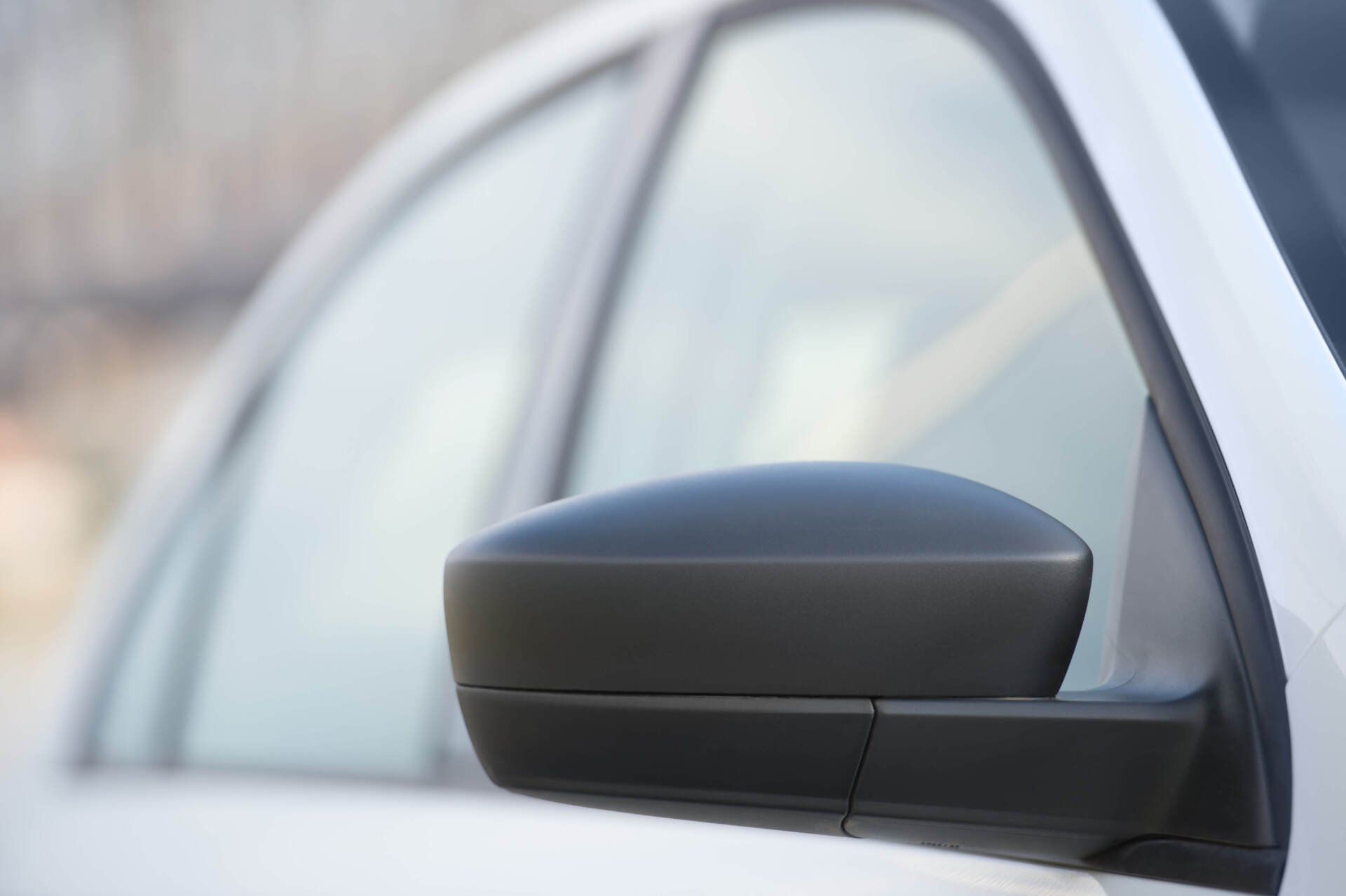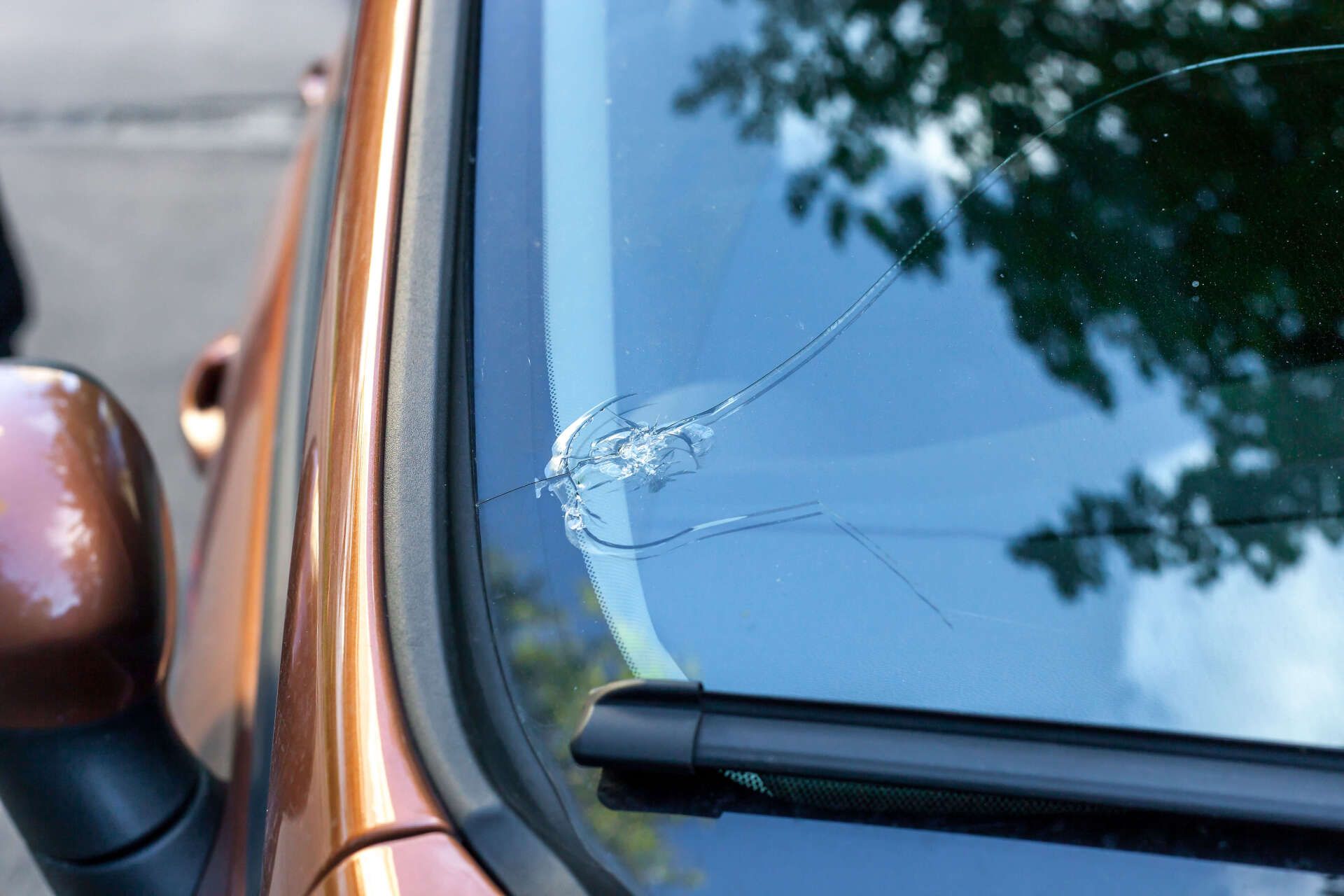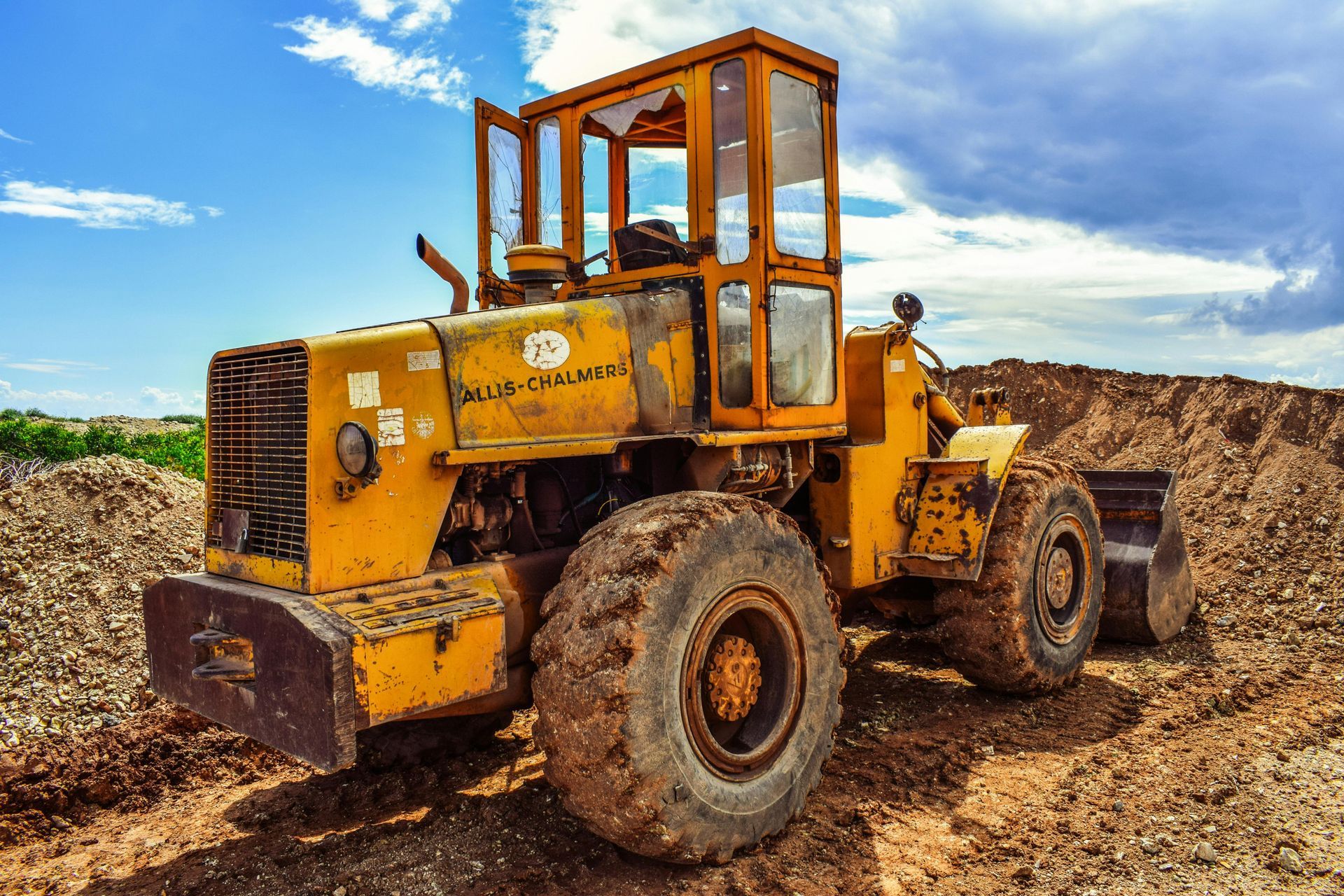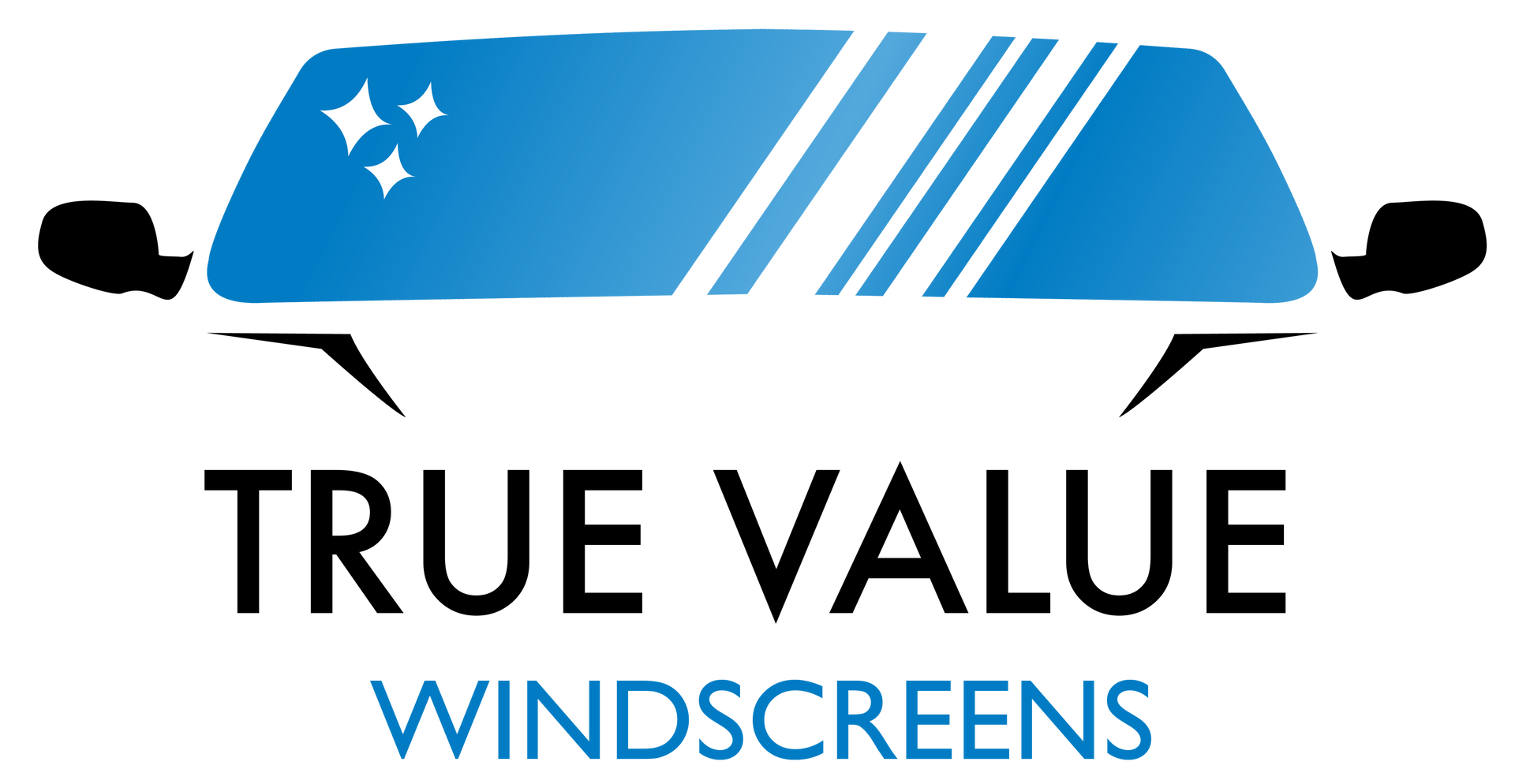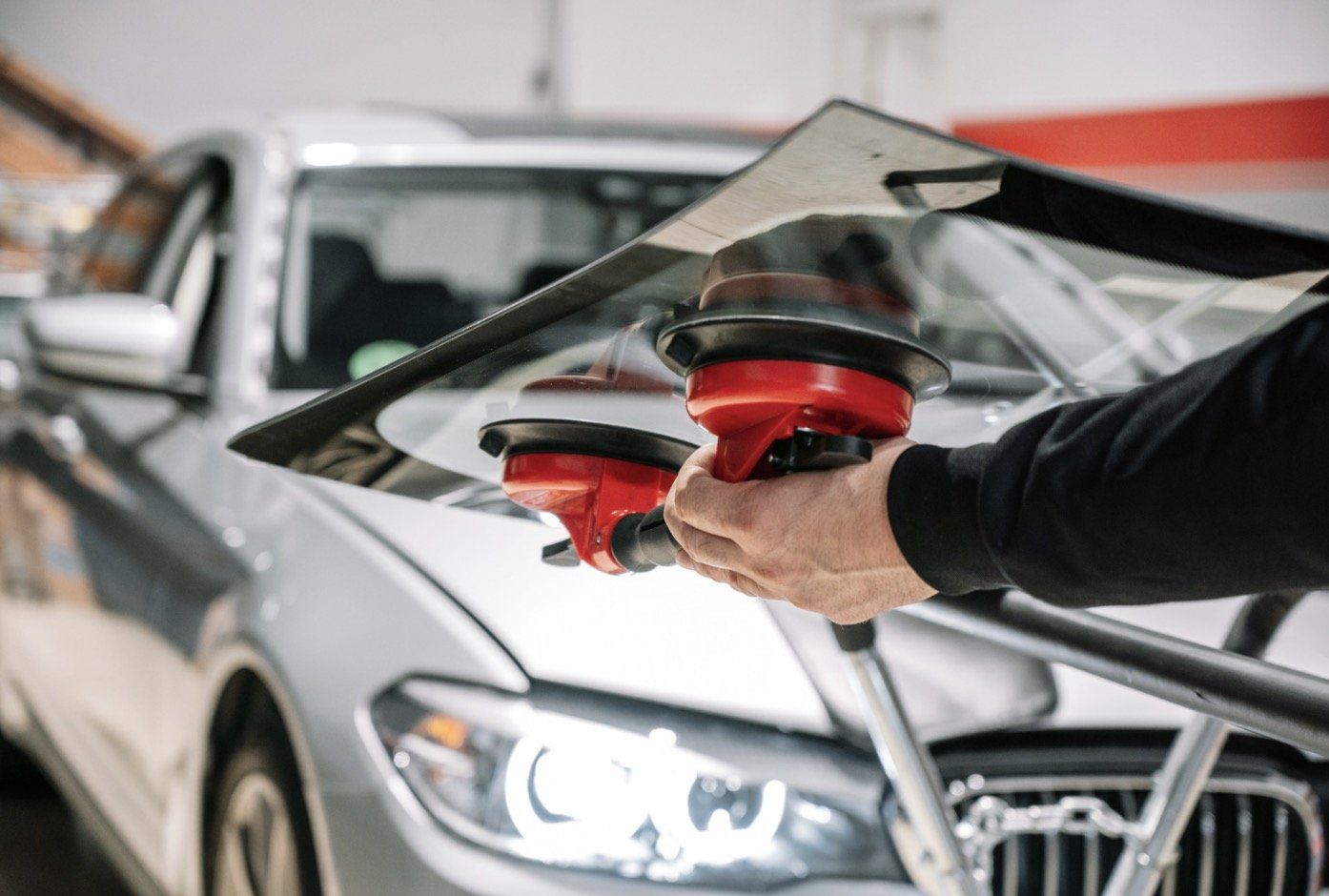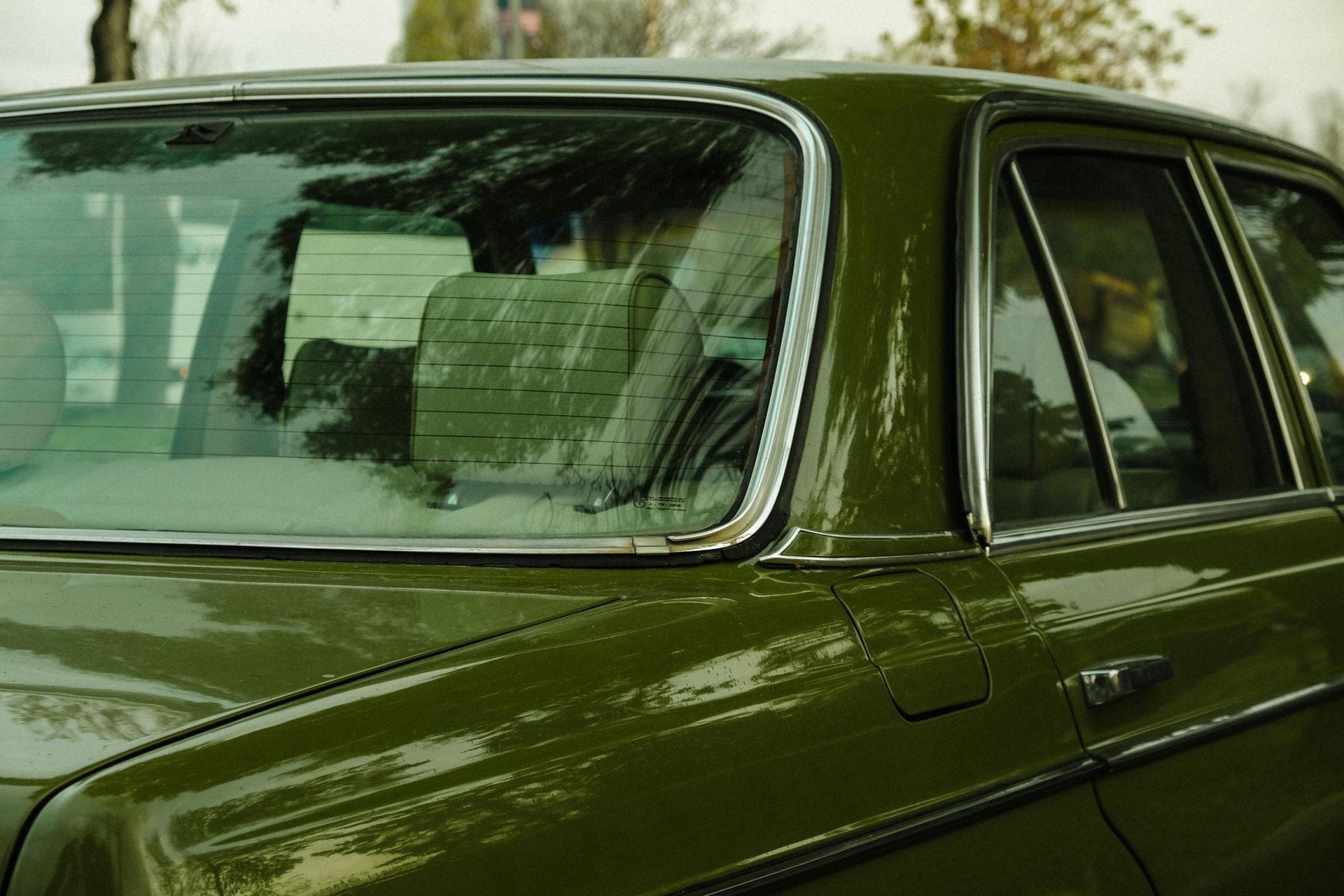The Importance of Using OEM Glass in Truck & Bus Windscreen Replacements
When it comes to heavy vehicles, such as trucks and buses, safety, durability, and compliance are non-negotiable. One of the most overlooked components in maintaining these vehicles is the windscreen. While many operators focus on tyres, engines, and brakes, the windshield plays a crucial role in maintaining structural integrity, enhancing driver visibility, and ensuring roadworthiness. That’s why using OEM (Original Equipment Manufacturer) glass during windscreen replacement isn’t just a preference, it’s essential.
Let's explore why Australian truck and bus owners should always insist on OEM glass for windscreen replacements and what risks come with cheaper alternatives.

What Is OEM Glass?
OEM glass is produced by the same manufacturer that supplied the original windscreen when your truck or bus was first assembled. It matches the original in fit, thickness, clarity, and performance, ensuring consistency with the vehicle’s design and safety features.
In contrast, aftermarket glass is made by third-party companies and may not meet the exact specifications. While some aftermarket products are reliable, many fall short in quality, resulting in issues such as poor visibility, weak structural bonding, and sensor misalignment.
Why OEM Glass Matters in Heavy Vehicles
1. Precision Fit for Structural Integrity
Trucks and buses rely on robust frames and components to withstand the stress of long-distance driving, heavy loads, and harsh environmental conditions. The windscreen makes a significant contribution to the cab's structural rigidity, particularly in rollovers or front-end collisions.
OEM windscreens are engineered to the exact measurements of the vehicle model, ensuring a snug, secure fit. This is vital because a poorly fitted windscreen can compromise the vehicle’s structural integrity, increasing the risk of collapse or injury during an accident.
2. Maintains Safety Features and ADAS Calibration
Modern trucks and buses, particularly newer models, often come equipped with ADAS (Advanced Driver Assistance Systems), including lane departure warnings, collision avoidance, and adaptive cruise control. Many of these systems rely on cameras and sensors mounted on or near the windscreen.
Using non-OEM glass can affect the positioning and clarity required for these systems to function correctly. Even a slight variation in glass thickness or curve can misalign a camera or cause incorrect readings, putting the driver and passengers at risk. OEM windscreens are designed with these systems in mind, ensuring ADAS calibration remains accurate after replacement.
3. Better Clarity and UV Protection
Long-haul truck drivers and commercial bus operators spend countless hours on the road. Driver fatigue and glare can be a real danger. OEM glass often includes UV protection and anti-glare coatings, designed to reduce eye strain and improve visibility in all conditions. Aftermarket glass may lack these treatments or provide a substandard version, which can impair visibility, especially in direct Australian sunlight or during early morning and late afternoon drives.
4. Complies with Australian Safety Standards
Australia has strict ADR (Australian Design Rules) for heavy vehicles, particularly regarding windscreen quality and visibility. Using inferior or unapproved windscreen glass can make your truck or bus non-compliant, leading to:
- Failed roadworthy inspections
- Fines or vehicle defect notices
- Insurance claim complications
- Increased liability in an accident
OEM glass is fully compliant with ADRs, giving you peace of mind that your vehicle is both safe and legal to operate.
Risks of Choosing Non-OEM Windscreens
Many operators opt for cheaper, aftermarket glass due to cost savings or quick availability. However, this decision can ultimately prove more costly in the long run. Here’s why:
● Poor Durability
Aftermarket glass may not handle long-term stress, vibration, or temperature shifts. Over time, it may crack more easily, forcing another replacement sooner than expected.
● Installation Problems
A non-OEM windscreen might not align correctly with the frame, creating gaps, leaks, or pressure points that damage the seal. This can lead to water damage, interior corrosion, or wind noise.
● Voided Warranties
If your truck or bus is under warranty, using non-OEM parts can sometimes void coverage. That’s especially true if the replacement causes or contributes to mechanical or electronic failure.
When Is Aftermarket Glass Acceptable?
Not all aftermarket glass is low quality. Some third-party manufacturers produce high-grade glass that meets OEM specifications. However, unless it's certified as OEM-equivalent, it’s challenging to verify performance or safety. If OEM glass is unavailable, speak with a trusted windscreen replacement specialist who can recommend ADR-compliant, high-quality alternatives for your vehicle.
Choosing the Right Windscreen Replacement Provider
If you’re replacing the windscreen of a truck or bus in Australia, the provider you choose is just as important as the glass itself. Here’s what to look for:
- Experience with heavy vehicles
- Access to genuine OEM glass
- ADAS calibration capabilities
- Certified technicians with national coverage
- Compliance with ADRs and insurance reporting
Whether you're managing a fleet or a single rig, it pays to work with professionals who prioritise safety, compliance, and long-term performance.
Final Thoughts
Truck and bus windscreens are not just about visibility; they are integral to your vehicle’s safety, compliance, and overall performance. By choosing OEM glass, you're protecting your vehicle's investment, ensuring driver safety, and meeting Australia’s strict transport regulations.
For trusted, professional windscreen replacements using OEM-grade glass, choose True Value Windscreens. We specialise in truck and bus auto glass, delivering reliable service, expert installation, and full compliance with all Australian standards.
Whether you manage a fleet or drive solo, True Value Windscreens is your go-to partner for heavy vehicle windscreen solutions. Contact us today to book your replacement or speak with one of our mobile windscreen specialists!
